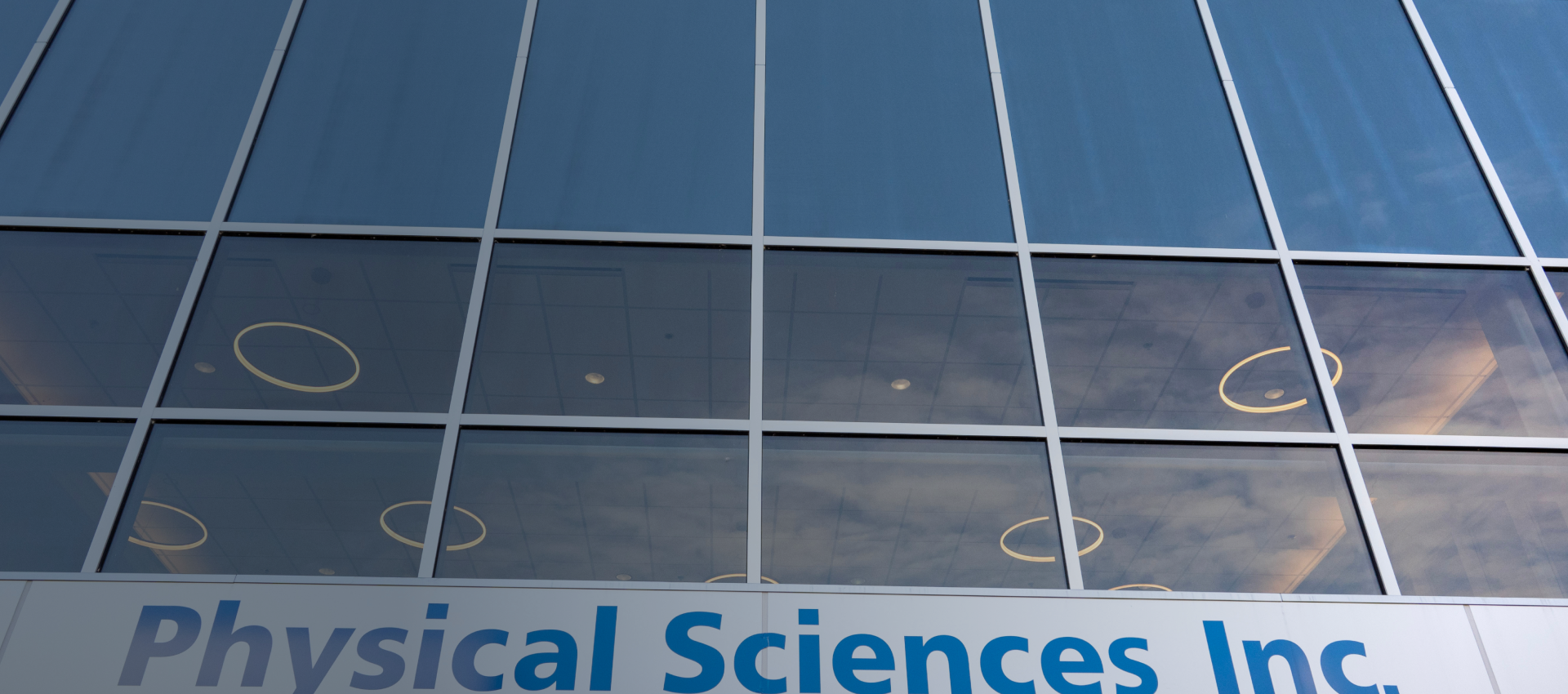
Our Company > Our History
PSI History
50 years of expanding capabilities, employee-owners, and satisfied customers
Our Mission
Freedom to innovate. Capacity to deliver
PSI’s mission is to invent, demonstrate, and translate technologies that solve critical needs for our customers.
For over 50 years, our employee-owners have been inventing, demonstrating, and translating technology solutions to problems of national interest, including applications to defense & security, healthcare, climate change, environmental stewardship, and selected industrial applications. Solutions are driven from the bottom up and nurtured through our substantial physical, intellectual, and experiential infrastructure.
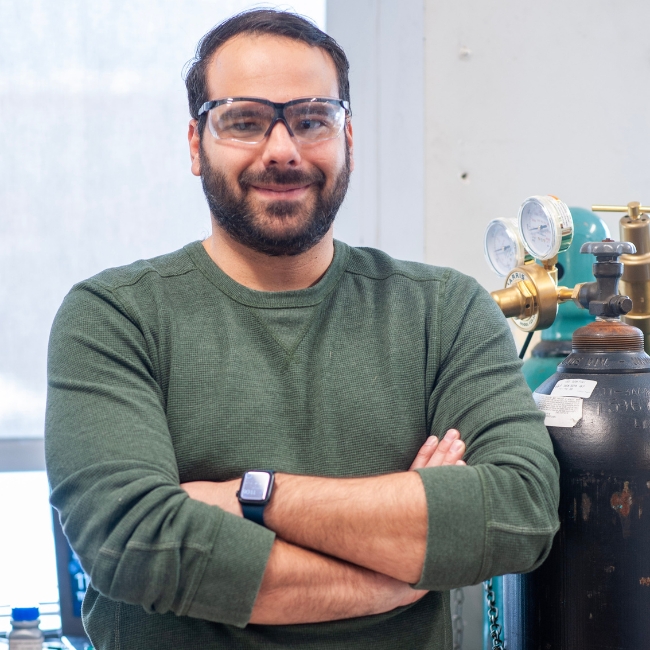
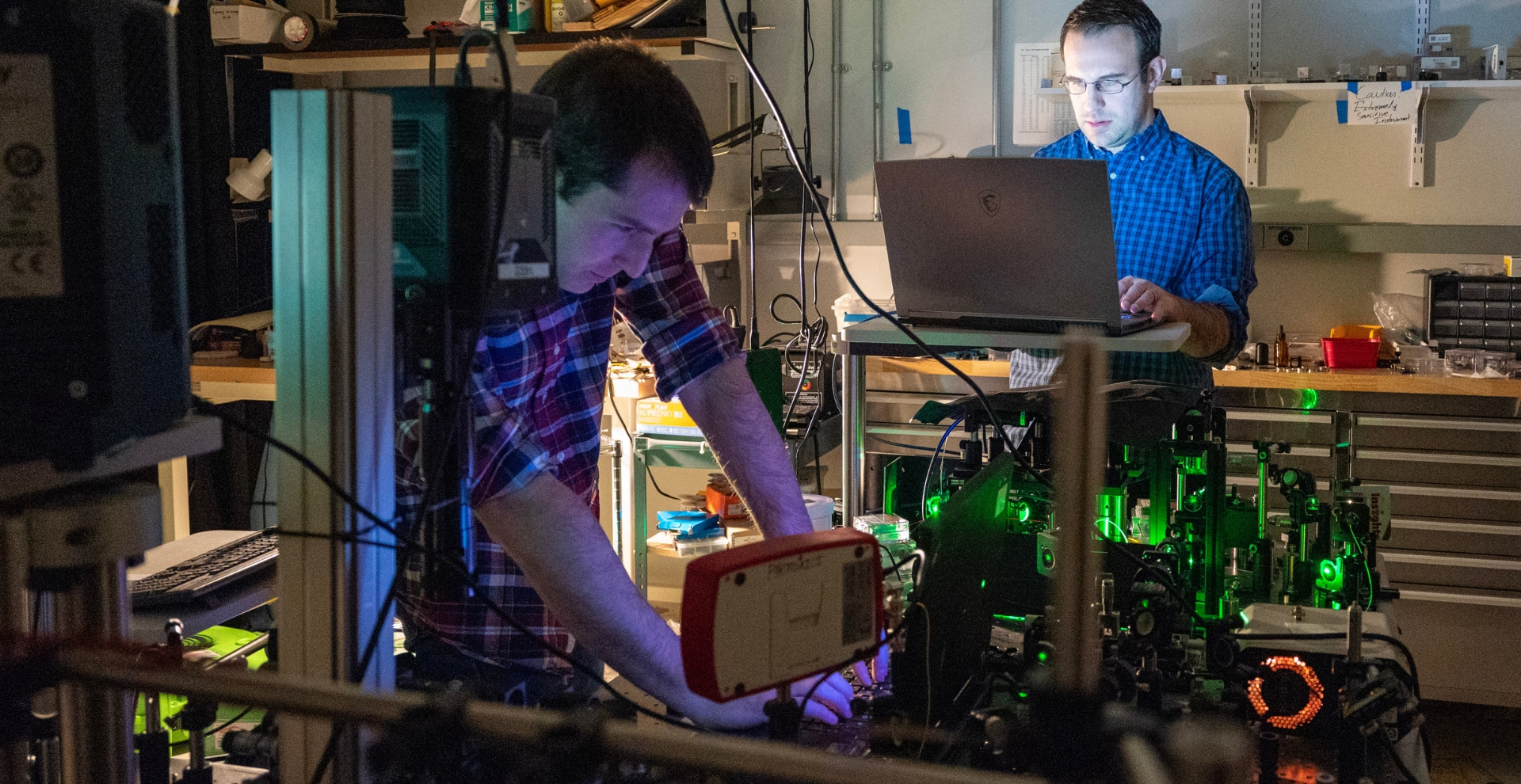
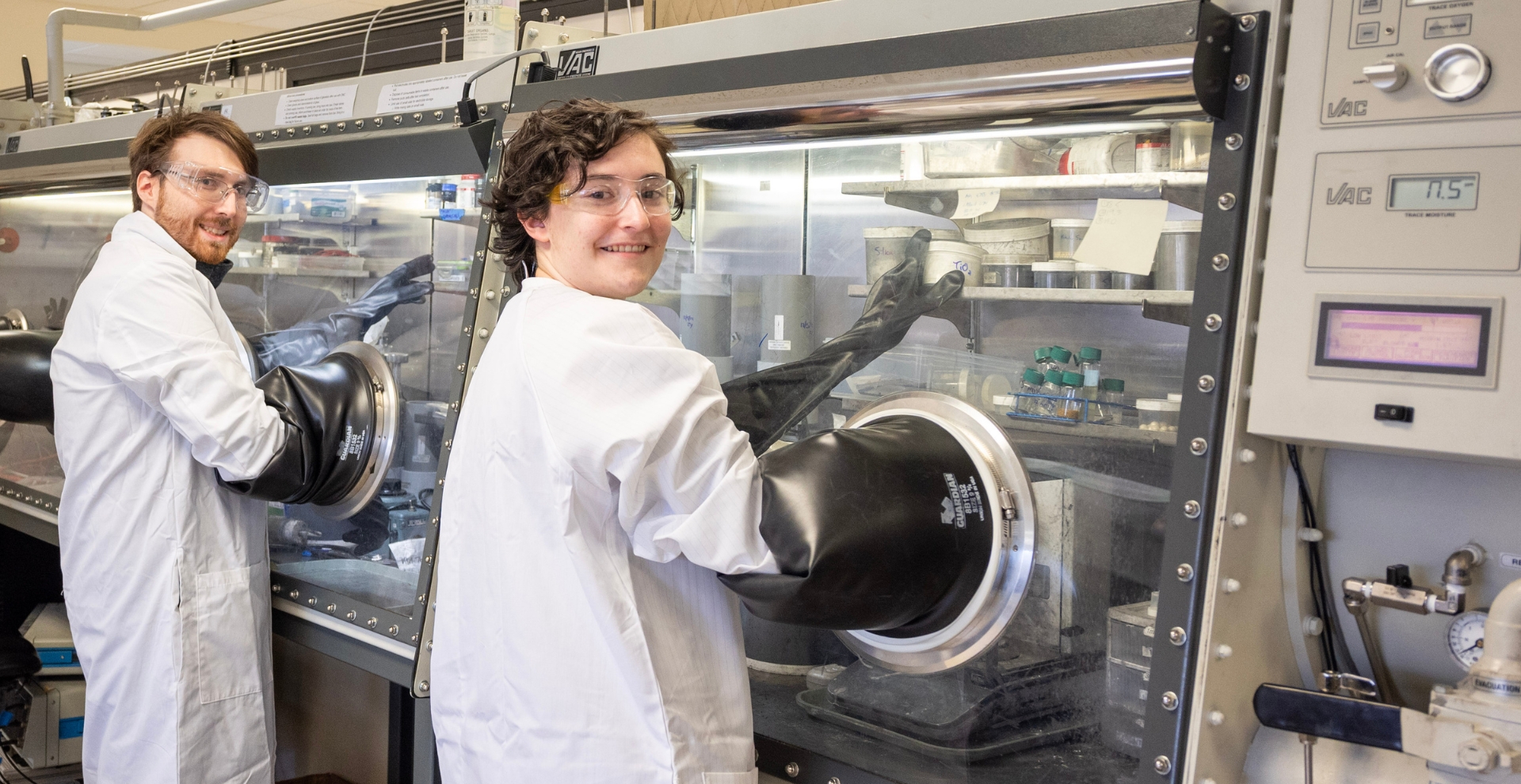
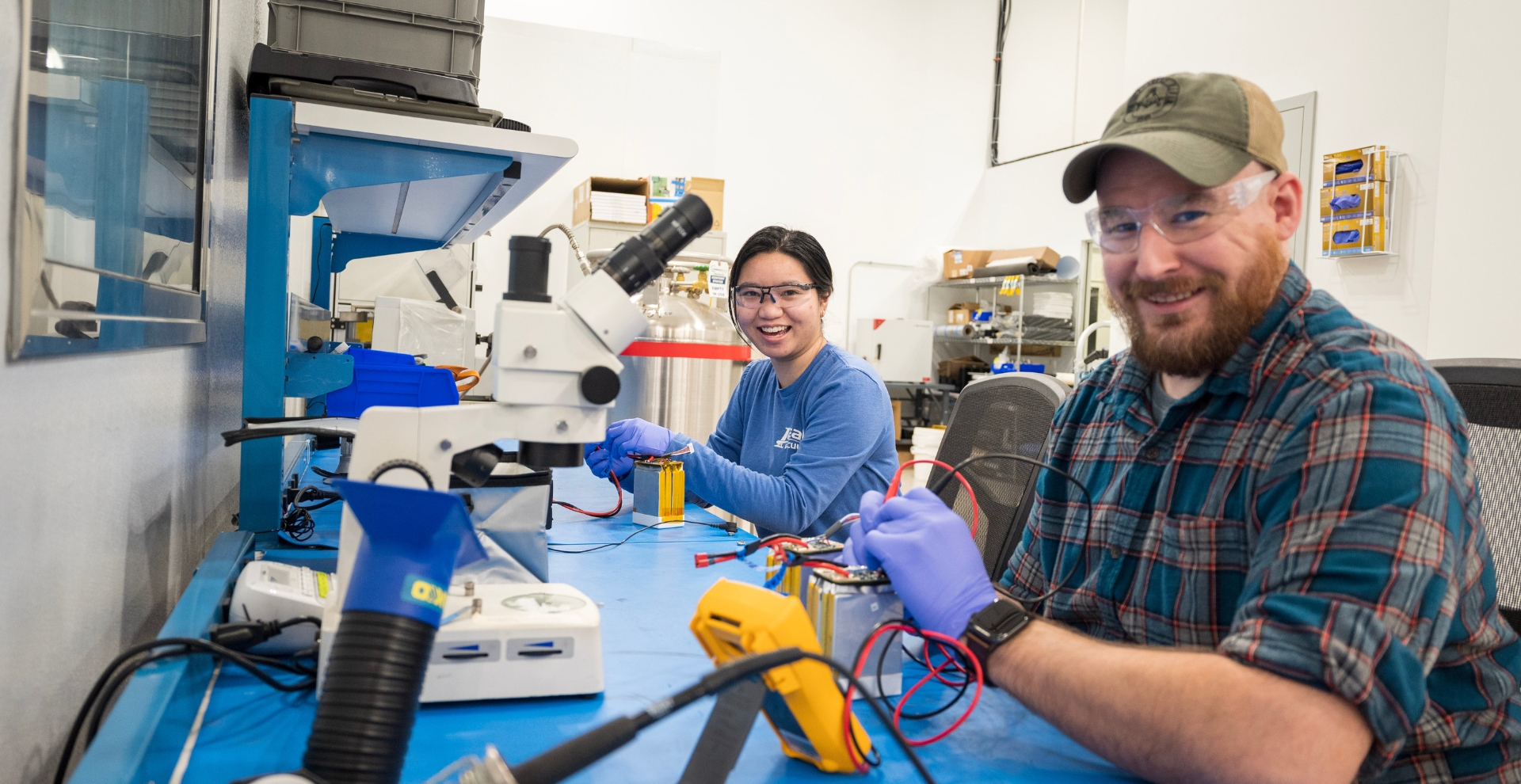
Our Company
PSI Timeline
See the significant milestones from the evolution of our company.

1970s
First Company Experiement
From its founding in 1973, PSI was focused on developing real world solutions to pressing national concerns. Initial modeling activities soon led to experimental demonstrations to validate important conclusions from the models. These soon led to programs developing new laser capabilities and to improved understanding of the effectiveness of lasers and kinetic energy in defense against those threats. The early programs created a broad multidisciplinary foundation in coupled modeling and experimentation, validated by field testing and rigorous technical review, that continues throughout the company today. Starting with seven employees in the offices of PSI’s lawyer, Peter Gorshel, PSI’s first location was in Lakeside Office Park in Wakefield. A laboratory was opened in 1975 in Cummings Park in Woburn. The company offices moved to Commerce Way in Woburn in 1976 and expanded its laboratory there. By the end of the decade there were 35 employees and PSI was already planning its first dedicated building at Research Park in Andover.

1980s
PSI greatly expanded the breadth of its R&D efforts to include space environment simulation capability, the development of imaging systems for chemically reacting flow fields, and the exploration of chemically-pumped lasers. It experienced significant growth supported by the Ballistic Missile Defense Office while developing its initial capability in materials development. Many of these activities were supported by the newly-created Small Business Innovation Research Program. PSI underwent a significant increase in its experimental facilities as it established and then twice expanded its corporate headquarters in Andover.
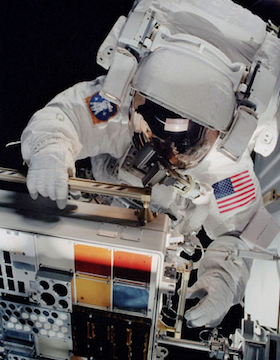
1990s
PSI’s capabilities broadened to include materials development for many applications including chemical sensors and electrochemical systems. Efforts in the development of tunable diode laser spectrometers for gas sensing advanced to product sales. Its earlier support of Air Force and NASA space missions led to the development of several payloads examining materials and spacecraft environmental interactions. Research Support Instruments was acquired to provide space hardware development capability and on-site support to R&D organizations in the DC area. PSI’s staff reached 105 by the end of the decade.
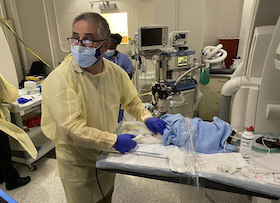
2000s
PSI expanded its work in commercial sensors based on Tunable Diode laser Spectroscopy Technology to the pharmaceutical industry as well as its capability to deliver hardware to prime contractors. Its expertise in molecular spectroscopy led to significant activities in remote sensing. It was first to license QCL technology, leading to substantial new R&D and commercial revenues. NIH funding launched PSI’s ophthalmic imaging business. These activities would become a substantial source of licensing revenue.
Company ownership began to be transitioned to an Employee Stock Ownership Plan while it acquired both Q-Peak and Faraday Technologies. Total staff size reached 185.
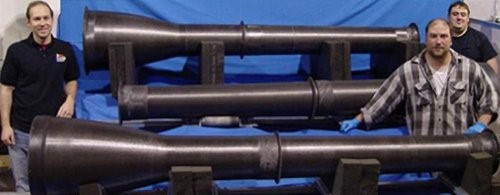
2010s
PSI’s advanced materials capabilities broadened with the development of high temperature ceramic matrix composites, innovative energetics and propulsion systems, nanomaterials, deployable structures, and early work in high energy density batteries. Its development and production of InstantEye small reconnaissance UAS supported US soldiers in multiple areas of operation. AIRIS spectral imaging technology development, begun in the 2000s, culminated in key demonstrations. New facilities in Andover, Haverhill, Wilmington, and Epping were opened to support technology transition. PSI’s ESOP became the company’s sole owner in 2011 while employment reached 252 people by 2019.
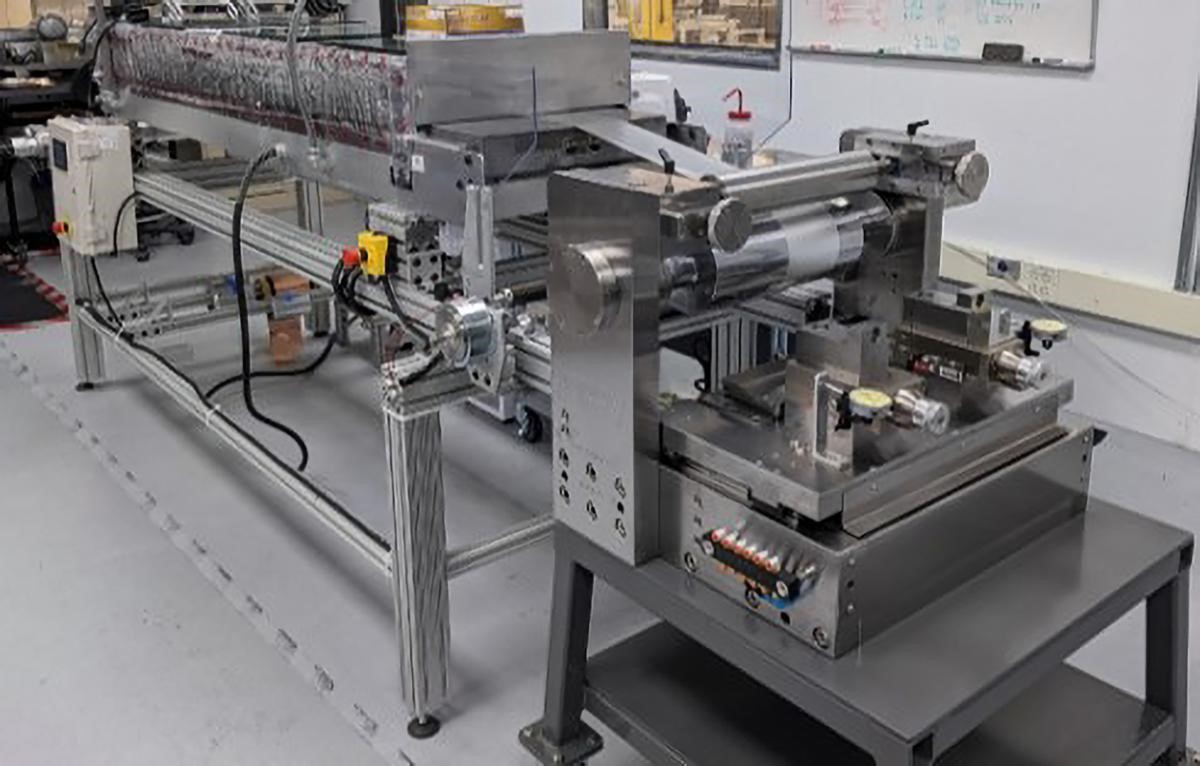
2020s
At the start of this decade, PSI’s expertise in remote sensing led to the development of sensor networks for the detection of chemical, biological, radiological and nuclear threats, in the deployment of portal systems at southern border crossings, and mobile systems, all for use in the U.S. and overseas. Its materials expertise was applied to develop sources of rare earth elements essential to the economy and national defense. Its expertise in nanomaterials and electrochemical systems led to PSI’s entry into the development of battery systems for defense and commercial applications. As PSI enters its sixth decade, its workforce is approaching 300 people, operating at multiple locations in Massachusetts and across the U.S., with revenues expected to exceed $90M this fiscal year.
Our media corner
News & Events
Press Releases
04/01/24
Physical Sciences, Inc. lauds GAO review of leading recipients of SBIR awards
Press Releases
03/18/24
Photonic Integrated Circuit Assisted Single-Photon Detectors (PICA-SPDs)
Press Releases
03/18/24
Compact Optical Fiber For Extreme Environments (COFFEE)
Press Releases
03/11/24
Integrated Refractory Construction for Sharp Hypersonic Leading Edges
Press Releases
03/11/24
Active-sensing Spectral Fluorescence Lifetime Imager
Press Releases
03/11/24